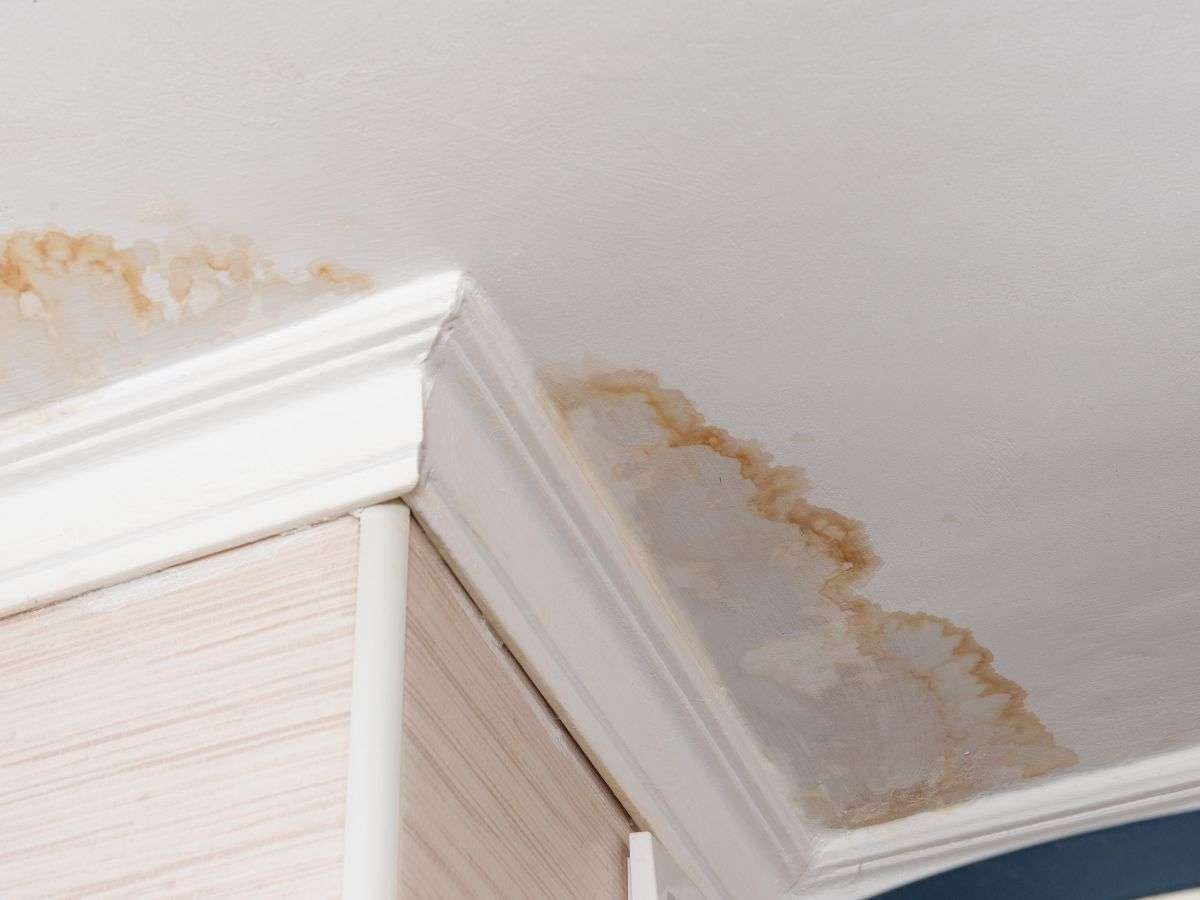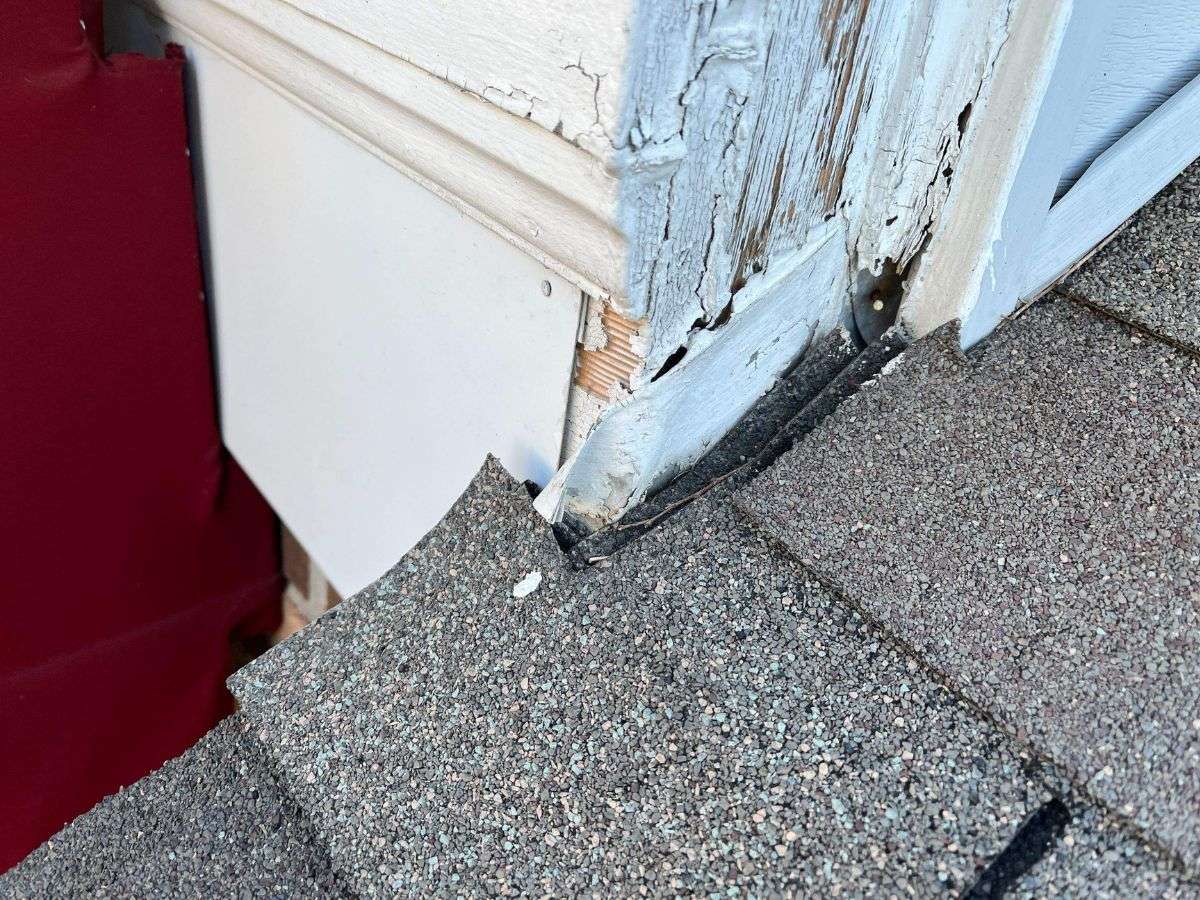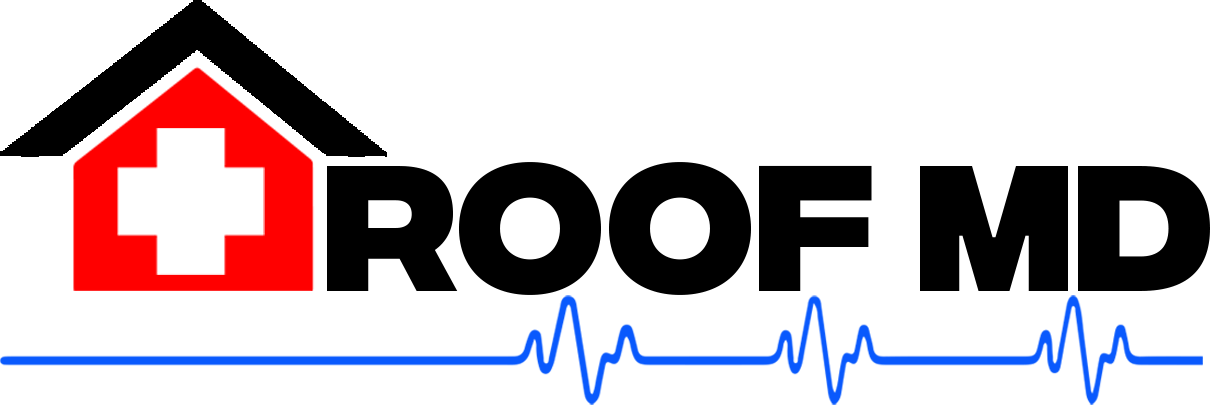Guide to Drywall Repair and Painting After a Roof Leak: Handling Damage and Insurance
When dealing with the aftermath of a roof leak, it’s crucial to promptly address any damage done to your drywall and understand your insurance coverage for the repairs. Water damage can lead to mold growth and structural issues if not handled quickly. Here’s a detailed guide to drywall repair and painting following a roof leak, along with insights into navigating insurance claims. We’ll cover everything from assessing the extent of the damage to choosing the right materials for repair, ensuring that your home returns to its original state in the most efficient way possible.
Step 1: Assess the Damage
Start by examining the extent of the water damage to your drywall. Look for staining, sagging, or bulging, which can indicate compromised integrity. These signs often mean that the drywall has absorbed moisture and may be weakening. Addressing these issues quickly is vital to prevent mold growth, which can pose health risks, and further deterioration that might lead to more extensive repairs. Make sure to check the surrounding areas as well, as water damage can spread beyond the initially affected spot. Taking prompt action can save time and money in the long run.

Step 2: Solve the Cause of the Leak
Hire a trustworthy and licensed roofing contractor to repair the cause of the leak. It is crucial to ensure that the root cause is addressed properly to avoid recurring issues. Don’t waste money fixing the interior until you are sure the damage won’t occur again. Most leaks are caused by problems with the roof, such as damaged shingles, poor installation, or wear-and-tear over time. However, leaks are also often caused by less obvious things like siding, where water can seep in through cracks, chimneys that might have compromised flashing, windows with poor sealing, plumbing lines that may have undetected issues, HVAC lines with improper insulation, fire suppression lines that might have minor breaches, and failing gutters that do not channel water away effectively. Each of these elements should be inspected thoroughly to ensure a comprehensive solution.

Step 3: Test the Repairs on a Few Good Storms
Nothing is more frustrating than investing time and money in a roof leak repair or HVAC issue, only to have the problem resurface after the contractor’s supposed fix. Often, contractors will guarantee their repairs to the source of the problem, but they frequently do not cover subsequent interior repairs if the issue recurs. Instead of immediately fixing the leak and performing drywall repairs and painting, it’s advisable to wait through a few storms or raining days before addressing the cosmetics. Although it may seem counterintuitive, waiting through a couple of storms or rain events will serve as the ultimate test of the underlying repairs. Once the root cause is confirmed to be fixed, you can then proceed with the cosmetic interior repairs.
Step 4: Hire a Licensed Drywall and Paint Specialist
While doing it yourself might be tempting and initially cost-effective, you could overlook damaged drywall and potential leaks, leading to water intrusion, mold, and structural issues in your home. Additionally, many DIY drywall repairs and painting projects don’t turn out as planned, often resulting in creases, excessive putty, and mismatched paint. Hiring an expert ensures that the work is done correctly and addresses all potential safety concerns. Professionals come equipped with the experience and skills necessary to identify and fix problems that an untrained eye might miss. This not only guarantees a visually appealing finish but also prevents future issues like mold.
Understanding Insurance Coverage
After a roof leak, it’s essential to review your homeowner’s insurance policy to understand what is covered regarding water damage. Most policies cover water damage that is sudden and accidental, including the costs of repairing drywall and painting. However, they typically do not cover damage due to ongoing negligence like a long-ignored leak. If you notice damage in your drywall, especially after a storm or heavy rain , immediately contact your insurance provider to report the damage, document all repairs with photos and receipts, and work closely with the insurance adjuster to ensure proper coverage.
If you wait too long, your insurance company may attribute the damage to wear and tear or negligence, leaving you without coverage. Additionally, if you handle a major leak or drywall damage yourself, it could invalidate your insurance policy for future claims.
Have a Roof Leak and Drywall Repair & Painting Help! Find a Restoration Specialist!
Repairing and repainting drywall after a roof leak can be a DIY project, but you may miss removing damaged drywall or insulation that can lead to mold problems. We recommend you have it addressed by a licensed contractor that will also leave your home looking new. Prioritize fixing the leak and drying out the area to prevent future issues. For extensive damage or if mold is present, consider hiring a professional. Properly understanding and utilizing your insurance coverage can also alleviate the financial burden of these repairs, ensuring both a visually appealing and structurally sound home.
If you’re based in Tennessee or Georgia, then check out Roof MD. We pride ourselves on collaborating with top-notch interior restoration contractors, ensuring that we can handle all the stress in-house instead of leaving the homeowner to find someone on their own. Our dedicated team takes care of every detail, from start to finish, so you can have peace of mind. Additionally, we work closely with insurance companies to get the necessary coverage if your situation qualifies. Our goal is to provide a seamless and hassle-free experience, making sure your home is restored to its best condition. Visit our roof inspection page to book your free estimate today!
